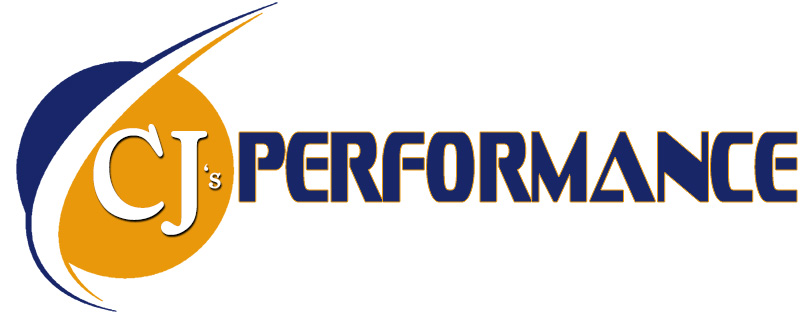13 Jan Show You Care
Showing you care involves more than just the customer. When you demonstrate to the customer that you care about their issue, you also are showing CJs and DISH that you care about being their technician and their on-site customer service representative. And perhaps more importantly, you acknowledge that you care about the work you do.
Since you are trying to make a memorable impact on the customer’s experience and satisfaction, during this first stage your efforts should focus on making them feel appreciated, respected, and important. They may not remember your name, what you said, or what you did. But they won’t forget how you made them feel.
Throughout this stage, your objective is to make many “deposits” into their emotional bank account and limit any “withdrawals”. Deposits and withdrawals are based on your actions and the emotional impact they have on the customer. Positive actions that make the customer feel appreciated, respected, and important result in deposits. Negative actions that give the customer the impression (1) that you don’t care; (2) that you would rather be somewhere else; and (3) that what they are telling you is going in one ear and out the other, will result in withdrawals. These actions that result in deposits and withdrawals include both verbal and non-verbal communications. Everything you do matters and leaves an impression on the customer.
Don’t forget – your customer’s emotional bank account may already be in the negative from past experiences with DISH that have nothing to do with you. This can work to your advantage as you have the opportunity to set yourself apart as their advocate and expert.
The following are recommendations for you to follow when you are developing your system for providing “best in class” customer service. The processes you create and implement are up to you. This first stage, “Show You Care”, sets the tone for the rest of the system. Getting this one right makes the rest of the system fall into place much easier.
- Be prepared. Both mentally and physically. Be prepared to deal with the challenges awaiting you each day. People are depending on you to be prepared.
- Start on time. This is an appointment based service industry. There are windows of time that are important to maintain. Starting on time means finishing on time (or ahead of schedule).
- Be on time. There’s a reason why the Tech Arrival question is the #1 failed question of the CSAT survey. Even though the question doesn’t ask if you were on time, that’s how the customer sees it. Late is late. Late means you don’t keep your word. Late means you don’t respect the customer’s time. Being late means you don’t care. At least that is what most customers believe based on their survey responses.
- Be polite. “Please” and “Thank you” go a long way.
- Be empathetic to their situation and be sincere. Saying “How can I help you?” opens the door for the customer to relax and understand you are an ally and not the enemy. Don’t be judgmental of others and label people. Look for commonalities, not differences.
- Don’t be afraid to say “I’m sorry.” Not so much for a mistake you made (but definitely do so if you did), but that the customer is having to experience the problem in the first place.
- Be a good listener. The best way to do that – stop talking. Let the customer do most of the talking. Seek first to understand. Pay attention to what they are saying. Let them vent, if need be. If they want to be heard then take the time to listen.
- After listening to the customer, ask questions. Restate or paraphrase what they have said about a problem or issue. Establish a clear and mutual understanding of the issue at hand. Always bring the focus of the communication back to why you are there.
- Once their objection/issue/problem is mutually acknowledged, take charge. Be confident. Be the expert. Don’t do something half-way or pass the buck. This is where the rubber meets the road. Time to put your skill and knowledge to work.
- Follow through and clean up after yourself. Don’t leave trash, receiver boxes, etc. It’s disrespectful. Whatever is determined to be trash, either get permission from the customer to leave it or take it with you. Most of the time it’s best to take it with you.
Showing you care addresses three of the CSAT core questions and lays the foundation for the first one you are scored on:
- Refer Tech – (showing you care lays the foundation to be answered “Extremely Likely”)
- Tech Arrival
- Professionalism
- Respect
As long as the customer believes you care about their issue, you can establish a basis of trust. When you establish yourself as the “expert”, you gain control of the situation. At this point, your recommendations and suggestions are most likely followed because the customer trusts you.
And when the customer takes the CSAT survey, they won’t hesitate selecting “Extremely Likely” and “Extremely Satisfied” when answering the survey questions. All because you cared about them and their issue/problem, treated them with respect, and actually solved their problem. Your actions made them feel appreciated, important, and respected.


